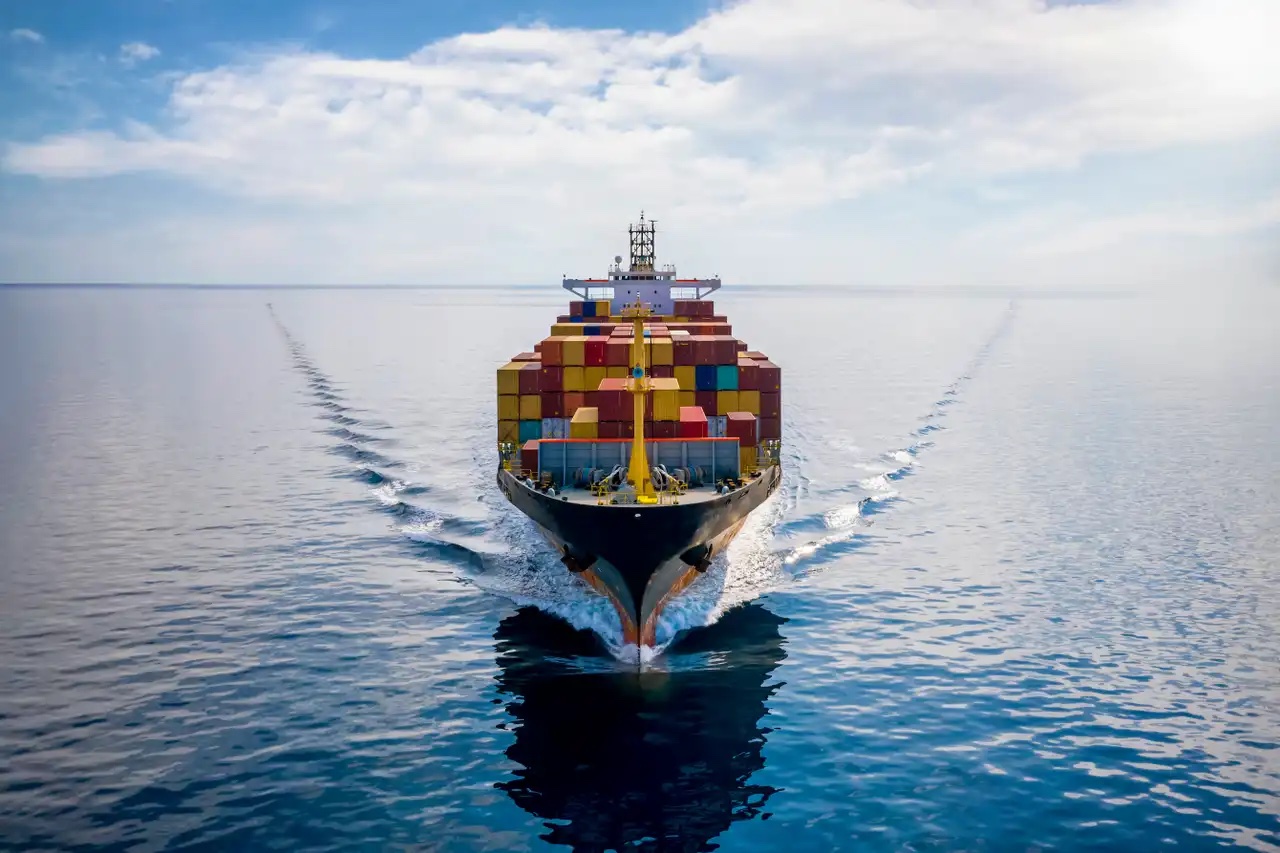LNG-powered microgrids are emerging as a viable solution for energy resilience
Crowley, the longest-serving US logistics provider in Puerto Rico, is to develop a microgrid at its Isla Grande terminal in San Juan, Puerto Rico. This marks a new chapter in LNG’s application beyond ship propulsion and bulk power generation. The project, which will integrate a 2.75 MW solar array, 4 MW of battery storage and 2.75 MW of natural gas generation, is designed to enhance the terminal’s resilience and reduce emissions, during both normal and emergency operations.
The system is being developed in partnership with power solutions provider Aggreko, and will support the terminal’s activities even during local grid outages, offering what Crowley has described as improved reliability, especially in the face of extreme weather events. “This microgrid project enables Crowley to maintain uninterrupted supply chain services in Puerto Rico while continuing to reduce the environmental impact of our operations,” the company stated. The site currently handles a wide range of cargoes and is integral to Puerto Rico’s commercial logistics.
The microgrid’s configuration allows it to operate both in grid-connected and islanded mode. Under normal conditions, it will feed excess solar power into the battery storage system. When the grid fails or fluctuates, the system will autonomously maintain operations using the battery and LNG-fuelled generators. The choice of LNG aligns with Crowley’s broader decarbonisation strategy and reflects a growing shift towards distributed power solutions capable of running on lower-carbon fuels.
“Methane slip and lifecycle emissions remain valid concerns”
This development is not without precedent. In Texas, Aggreko has deployed a natural gas-powered microgrid to support operations at an oil and gas facility during infrastructure upgrades. The system includes five rapid-deployment 1,300 kW generators fuelled by natural gas, which provide the site with continuous, off-grid electricity for an extended period. While the application differed from Crowley’s, the operational logic was similar: provide energy independence and reduce reliance on diesel.
The use of LNG or natural gas as a transitional fuel in decentralised power infrastructure is gathering momentum, particularly where grid stability is uncertain or long-term sustainability goals necessitate a shift from diesel. These systems are now being seriously considered not just for industrial and energy facilities, but for critical infrastructure such as airports and data centres.






